1. Hovertrains
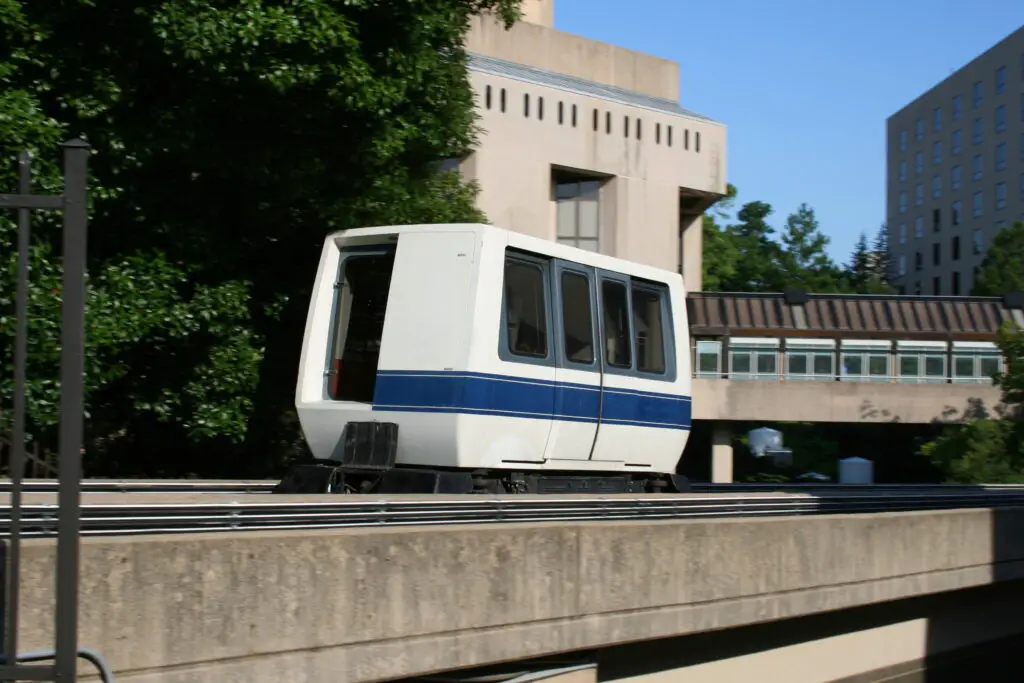
In the 1960s and ’70s, hovertrains seemed like they were about to replace traditional rail travel. These futuristic vehicles used air cushions to glide above tracks, promising smoother, faster rides with less maintenance. France’s Aérotrain project even hit speeds over 250 mph during testing, making it look like the future had arrived. But as the years went on, funding dried up, and magnetic levitation technology began to steal the spotlight. The last prototype was abandoned in the late ’70s, left to gather dust in a hangar.
The idea was so appealing that people still talk about reviving it, especially in areas where maglev trains are too expensive. But no one has yet committed to building a large-scale system. Hovertrains now feel like a lost “what could have been” in transportation history. Their prototypes are reminders of an era when engineers truly believed we’d be gliding to work by the year 2000.
2. Personal Monorail Pods
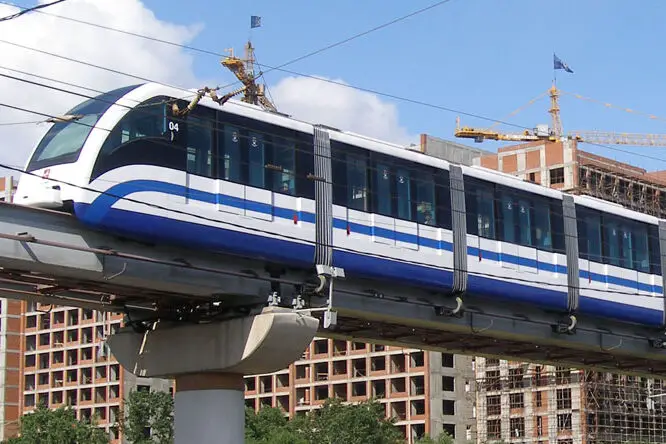
Back in the mid-20th century, city planners thought monorail pods would be the ultimate answer to urban congestion. The concept was that each person or family would hop into their own small pod, which would then automatically travel along an overhead monorail to their destination. Disney even showcased a version of it in its experimental EPCOT plans. The goal was to give people the convenience of a car with the efficiency of public transport.
While the idea captured imaginations, the reality was trickier. Infrastructure costs were enormous, and cities quickly realized they couldn’t justify building an entirely separate transit system for pods. In the end, these sleek little vehicles stayed in the realm of concept art and optimistic engineering sketches. If you’ve ever seen one of those retro-futuristic city illustrations, there’s a good chance a monorail pod is tucked in there somewhere.
3. Jetpacks

When the first public demonstrations of jetpacks took place in the 1960s, people were convinced the daily commute was about to change forever. NASA tested them, the military tested them, and Hollywood put them in movies to show how cool the future would be. The Bell Rocket Belt could fly for about 20 seconds at a time, which sounded amazing back then. Unfortunately, that short flight time and the high cost made them impractical for anything other than stunts.
In the decades since, jetpack technology has advanced, but not enough to replace cars or even bicycles. They’re mostly used for air shows, extreme sports, or record-breaking attempts. The dream of flying to work like a sci-fi hero still exists, but it remains a dream for most people. In a way, they’re the perfect symbol of how the “future” often turns out to be more complicated than we imagined.
4. Airships
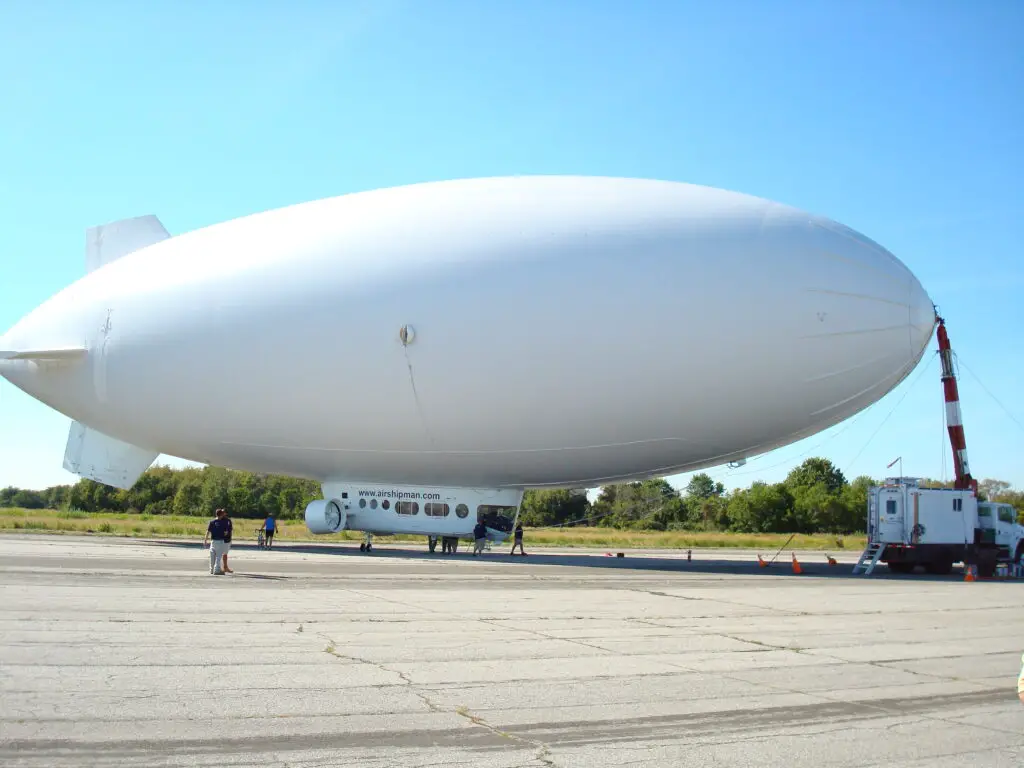
For a brief period in the early 20th century, airships were considered the pinnacle of luxury travel. Massive, elegant, and able to glide across continents with ease, they offered passengers roomy cabins and breathtaking views. The famous Graf Zeppelin even circled the globe in 1929. But the tragic Hindenburg disaster in 1937 changed everything, as public confidence in airship safety plummeted overnight.
While cargo airships have seen occasional revivals, passenger travel never fully recovered. Advances in airplane technology made them slower, less efficient, and less appealing for long-distance travel. Today, airships mostly show up at events or in experimental projects. They remain a romantic but impractical chapter in transportation history.
5. Gyrocar
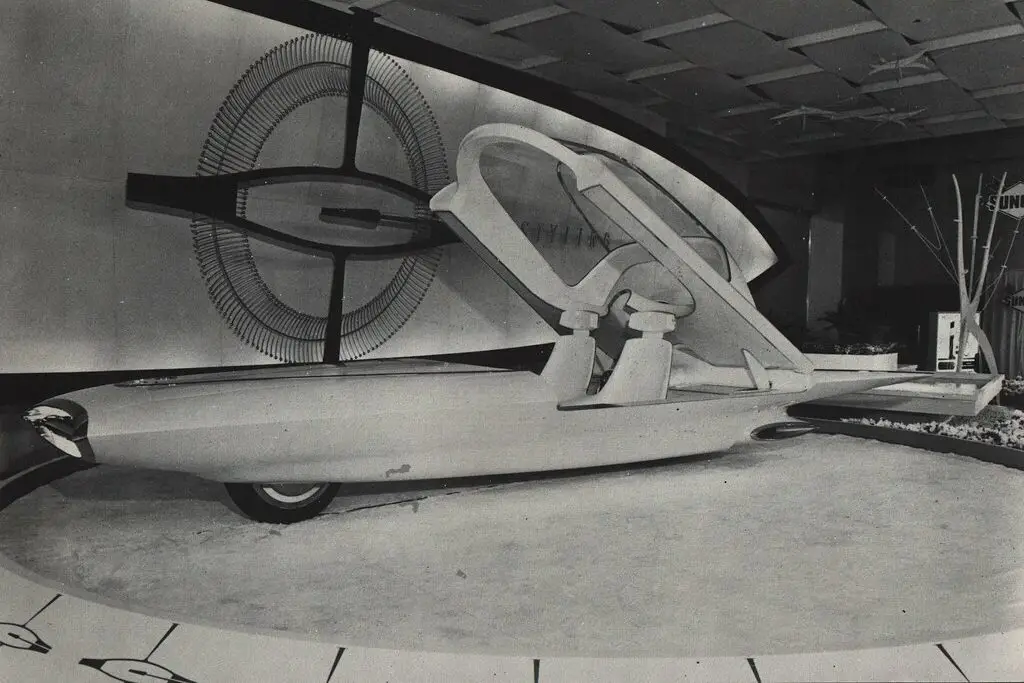
The gyrocar was a wild early 20th-century experiment in balancing two-wheeled vehicles without tipping over. Invented by Louis Brennan and later adapted by others, it used massive gyroscopes to keep the car perfectly upright, even when stopped. The idea was that these cars could be narrower and take up less space on crowded roads. Demonstrations proved the concept worked, and people were fascinated by the idea.
However, the cost, complexity, and noise of the gyroscopes made them less than ideal for everyday use. As conventional cars became cheaper and more reliable, the gyrocar quietly disappeared from the spotlight. It’s the kind of invention that feels like it belongs in a steampunk movie. Every so often, hobbyists and engineers try to bring it back, but it’s never quite caught on.
6. Pneumatic Tube Transport

In the late 1800s and early 1900s, pneumatic tubes weren’t just for sending bank deposits or interoffice memos. Some cities experimented with full-scale systems designed to carry people. New York tested a short “pneumatic subway” in 1870, and the concept showed passengers sitting in large capsules that shot through underground tubes powered by air pressure. It was fast, efficient, and futuristic.
Unfortunately, the infrastructure needed to make it work on a large scale was costly and complicated. As electric rail systems took over, pneumatic transport faded into history. Still, the idea has never completely disappeared. Elon Musk’s Hyperloop concept borrows heavily from these early experiments, proving that the old dream of air-powered travel still lingers.
7. Amphibious Cars
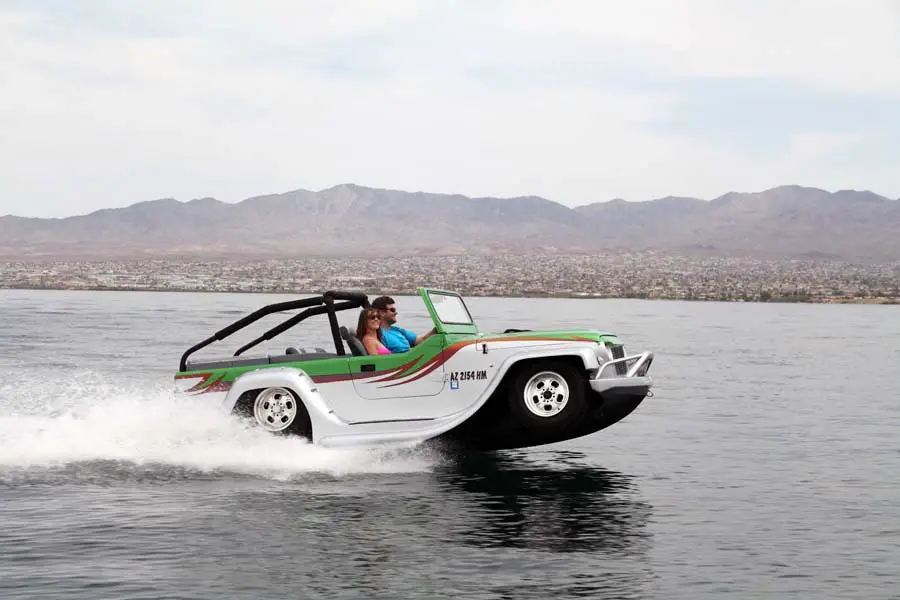
The 1960s saw a burst of enthusiasm for cars that could drive on land and then glide into the water like a boat. The Amphicar Model 770 became the most famous example, selling a few thousand units worldwide. Owners loved the novelty of driving straight into a lake or river, then motoring across without getting out.
The problem was that amphibious cars weren’t great at being either cars or boats. They were slow in the water, awkward on the road, and required a lot of maintenance. As a result, they never broke into the mainstream market. Today, they’re more of a collector’s item than a transportation revolution, but they still pop up at boat shows to remind people of a time when designers thought the family sedan could also be a yacht.
8. Streetcars with Beachside Tracks
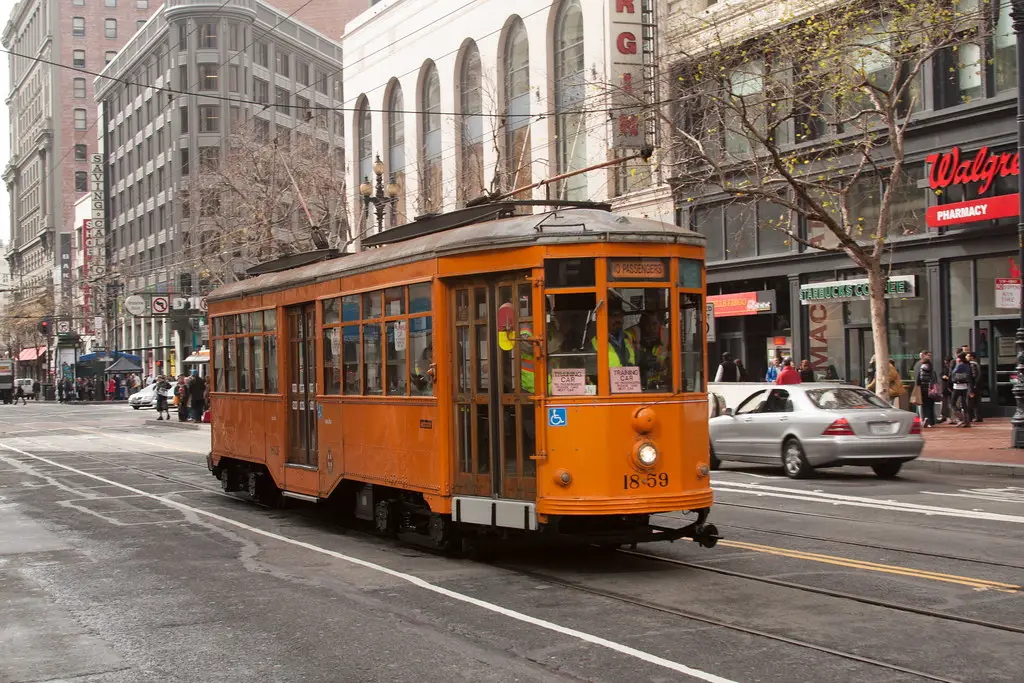
In the early to mid-20th century, many coastal cities had electric streetcars running directly alongside the beach. Passengers could ride to work in the morning and head straight to the sand in the evening without changing transportation. In places like California, this was seen as the perfect blend of leisure and practicality.
Over time, however, the rise of personal cars and the decline of streetcar funding led to the removal of these tracks. Highways took their place, and the charm of beachside commuting disappeared. Today, those routes exist only in old postcards and faded photographs. They were replaced by crowded parking lots and bumper-to-bumper traffic, a far cry from their breezy beginnings.
9. Rail Zeppelins
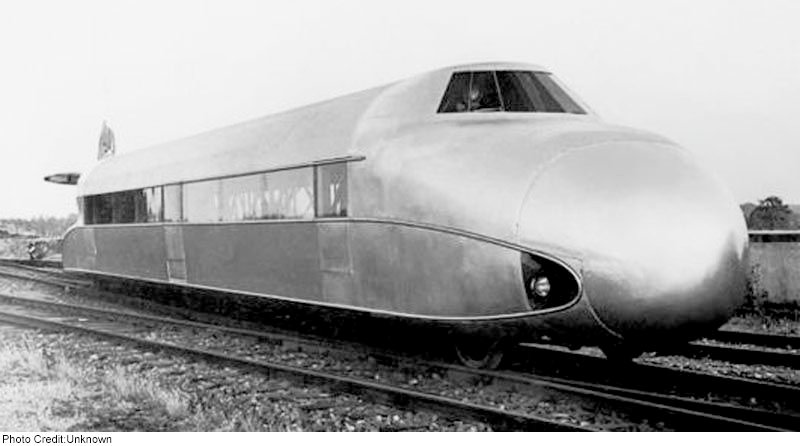
In 1930s Germany, the Schienenzeppelin was an experimental railcar powered by a massive airplane propeller mounted at the rear. It set a speed record for rail travel at the time, reaching over 140 mph, and its sleek, bullet-like design looked like something straight out of science fiction. Engineers believed this was the future of high-speed rail.
Unfortunately, safety concerns, noise issues, and the rise of more practical electric trains ended the project. The single prototype was eventually dismantled, and no other countries seriously pursued the idea. The image of a train speeding along with a roaring propeller is still one of the more unusual chapters in railway history.
10. Sail-Powered Ice Sleds
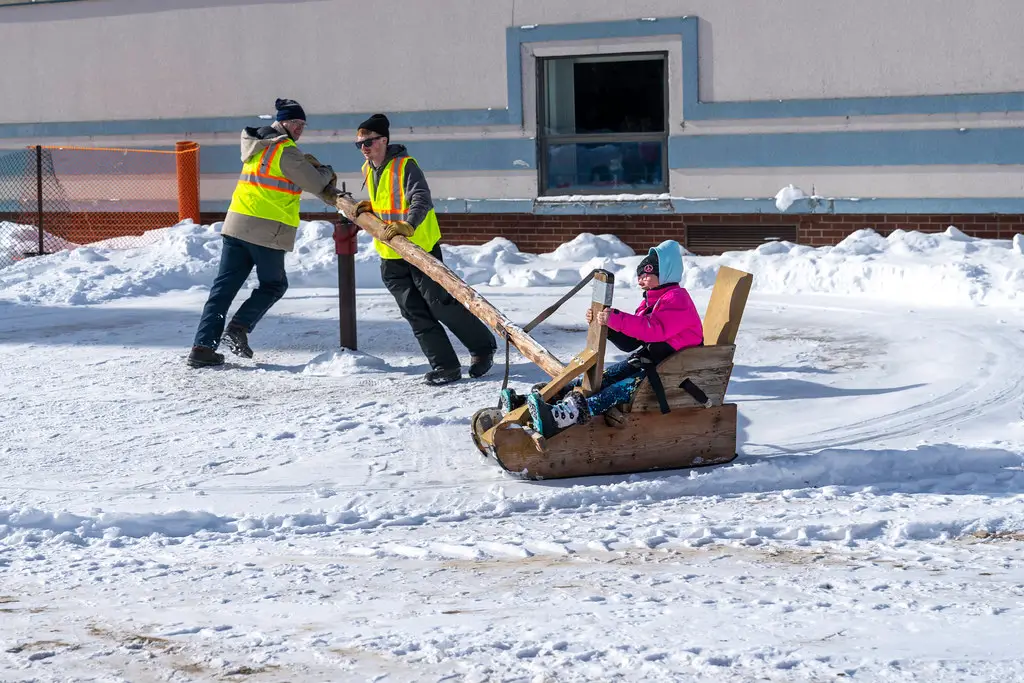
Before modern snowmobiles, some northern communities used sail-powered sleds to travel quickly across frozen lakes. These contraptions mounted large sails onto lightweight sled frames, harnessing wind power to glide over the ice at impressive speeds. In the right conditions, they could outpace horse-drawn sleighs and early automobiles.
While they were a clever adaptation to winter environments, they had obvious limitations. If the wind died down, so did the trip. Snowmobiles eventually replaced them for reliability, but ice sailing still exists as a recreational sport. The original utilitarian versions are now a relic of a time when ingenuity met necessity on frozen landscapes.
11. Travelators for City Streets
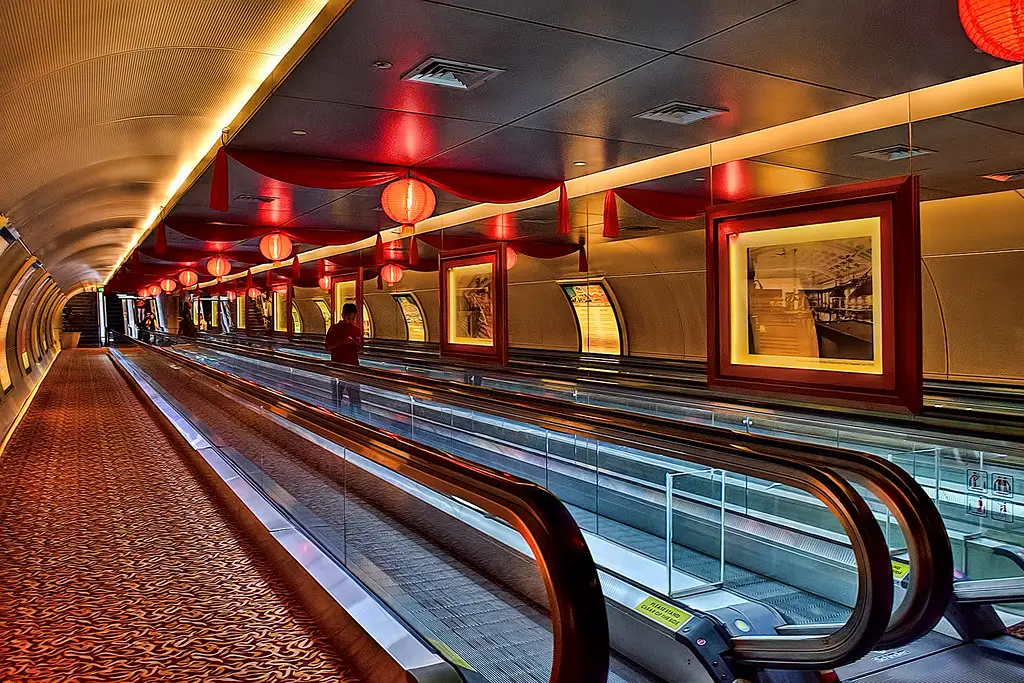
In the mid-20th century, some architects imagined entire cities built with moving sidewalks—known as travelators—so pedestrians wouldn’t have to walk at all. People could step on a conveyor belt and be whisked to their destination without traffic or fatigue. Some airports still use them today, but the original dream was for outdoor, citywide networks.
The idea fell apart when engineers realized how hard it would be to maintain such systems in varying weather conditions. They were also expensive to build, and public interest wasn’t strong enough to justify the investment. As a result, they stayed in airports, theme parks, and science fairs rather than becoming the main streets of the future.
12. Atomic-Powered Cars
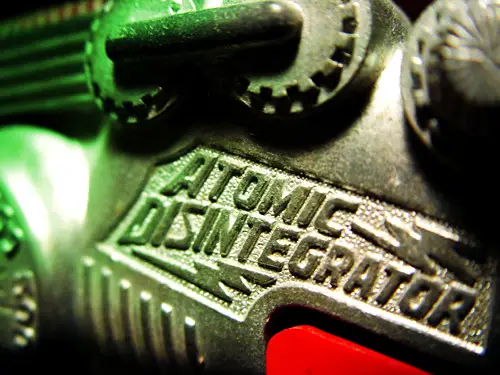
During the 1950s, the idea of atomic-powered vehicles was more than just science fiction—it was a genuine engineering goal. Ford even unveiled a concept car called the Nucleon, which would supposedly run on a small nuclear reactor. The promise was endless mileage without refueling, making gas stations obsolete.
Of course, the safety risks, cost, and sheer impracticality quickly shut down the dream. Public fear of radiation made it even harder to gain support. Today, the atomic car feels like a bizarre footnote in automotive history, a reminder that not every “next big thing” should actually be built. The prototypes never hit the road, but they still turn up in retro-futuristic art as symbols of an overly optimistic atomic age.
